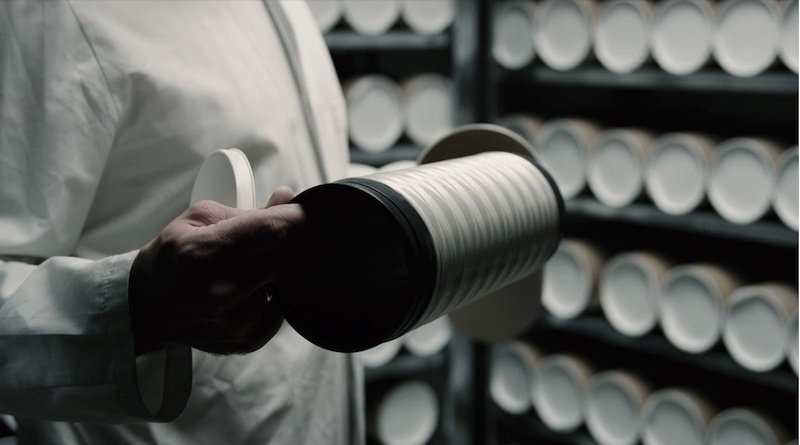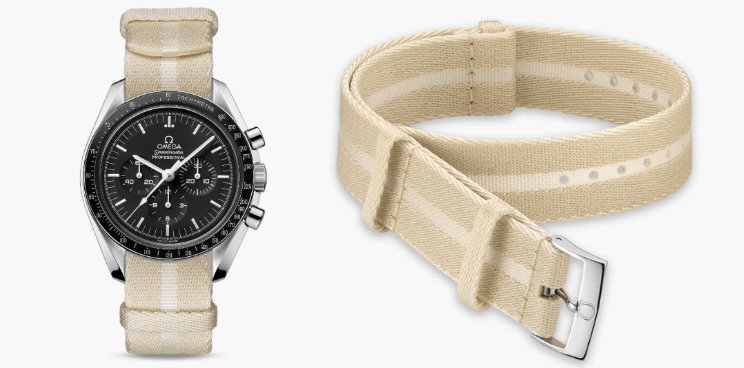Sold by the luxury brand Omega, the watch strap is made with spider silk proteins that are brewed by genetically engineered bacteria.
Spider silk is known in the textile industry for its strength, resilience, flexibility and light weight. However, it is not possible to ‘farm’ spiders to produce their silk at an industrial scale. The German company AMSilk has developed a process to produce spider silk proteins in bacteria, which are then woven to create fibers of a material that the company calls ‘Biosteel.’
“It’s unlike anything already used in watch straps,” AMSilk’s CEO, Jens Klein, told me. “Biosteel is based on the molecular structure of spider silk, which makes it more lightweight, flexible, anti-bacterial and skin-friendly than conventionally used materials.”
This spider silk material can also be blended with more traditional materials. In the case of the watch strap, the fibers are combined with polyamide, a material used in high-performance watch straps, to make them lighter, breathable and more comfortable.
The limited edition watch strap, which is now on sale in Europe and will shortly be available in the US, is the first commercial product made with Biosteel fibers. “We’ve spent the last decade developing a fundamentally new material in Biosteel, and are now ready to introduce it to the world,” said Klein.

AMSilk is working in several other products using the spider silk fibers, including biodegradable sneakers for Adidas and a lightweight material for Airbus planes.
“Designing materials from the DNA-level up allows you to tune the material to the exact specifications demanded for individual products. Having this level of control is a significant advantage when designing high-performance products, as you can ensure they’re built for specific uses,” said Klein.
In recent years, biofabricated materials such as Biosteel have started gaining recognition for their potential for better performance and sustainability compared to conventional petroleum-based synthetic materials. Companies around the world are making use of bacteria, algae, and mushrooms to create new materials.
“Creating new materials is immensely challenging, requiring years of scientific R&D before you can even begin product testing or development. It takes even more time to prove to global brands that biofabricated materials live up to industry standards in terms of manufacturing and performance,” said Klein.
“But as these brands learn that biofabricated materials perform at the same level as, or even better than, the synthetic or natural materials they currently use, you will begin to see biofabricated materials like Biosteel in more products across industries.”
Images via AMSilk





